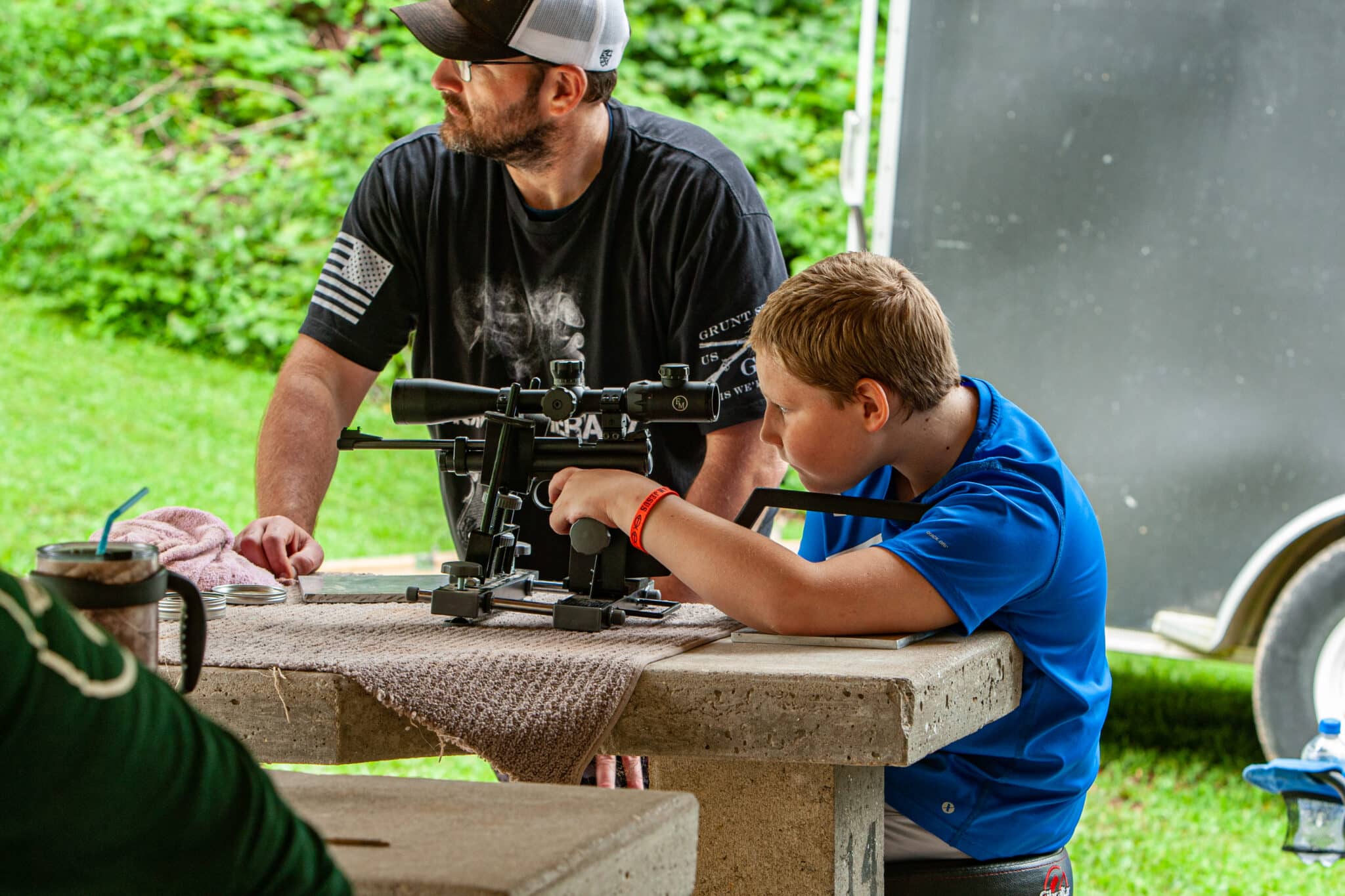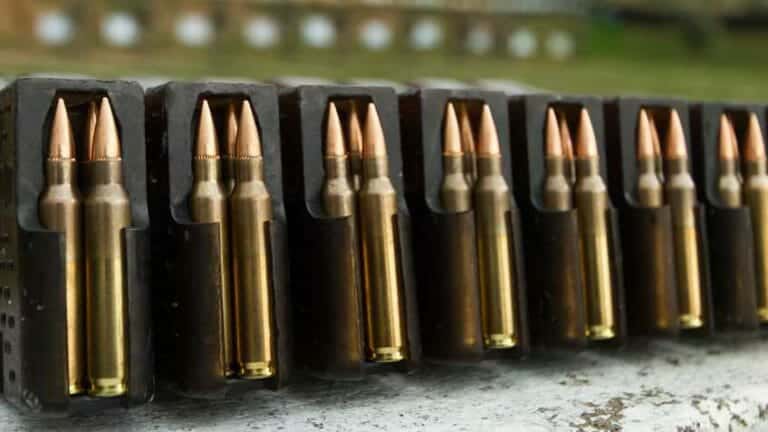U.S.A. –-(AmmoLand.com)-– On Wednesday, June 8, 2022, the House of Representatives passed H.R. 7910, euphemistically titled “Protecting Our Kids Act,” 223 for to 204 against. The bill was passed primarily along party lines, with Democrats and Republicans voting against it.
The bill is a collection of long-standing Progressive efforts to restrict people from having access to some of the most popular rifles and shotguns in the country.
As has become the norm, Progressives are using a rare, emotional event to push sweeping legislation across the finish line, which could not be done through reasoned debate.
This is precisely the opposite of how legislative decisions should be made. It maximizes the power of the Media to control legislation through emotional manipulation. The Congressional Budget Office lists the primary effects of the legislation. From the Congressional Budget Office (cbo.com):
H.R. 7910 would change federal gun laws by creating new federal crimes and expanding federal firearms regulations. Specifically, the bill would:
- Raise the purchasing age for semiautomatic rifles from 18 to 21;
- Ban the import, sale, manufacture, transfer, and possession of large-capacity ammunition feeding devices;
- Establish new federal crimes for gun trafficking and straw purchases;
- Require gun owners to meet residential gun storage requirements and establish criminal penalties for violating those requirements;
- Require registration of existing bump-stock-type devices under the National Firearms Act and bar the manufacture, sale, or possession of new bump-stock-type devices for civilian use; and
- Change the definition of “ghost gun” and require background checks on all firearm sales.
Having quickly read the bill, this correspondent notes the bill also raises the purchasing age for semi-auto shotguns. The broad language of the bill would have far-reaching effects. From the bill:
“(B) any semiautomatic centerfire rifle or semiautomatic centerfire shotgun that has, or has the capacity to accept, an ammunition feeding device with a capacity exceeding 5 rounds, to any individual who the licensee knows or has reasonable cause to believe has not attained 21 years of age and is not a qualified individual…”
The bill would grandfather in existing “large-capacity” ammunition feeding devices. This shows how ineffective this measure would be. There are hundreds of millions of magazines with a capacity of more than five rounds existing in the United States.
In the “gun trafficking” section, the bill bans the gift of firearms between anyone but closely related family members.
The bill would require all firearms, except those legally in existence prior to 1968, to have a government-mandated serial number. Privately made firearms that do not have government-approved serial numbers would become contraband.
The bill places “bump stocks,” into the same category as National Firearms Act items such as machine guns, short barreled rifles and shotguns, and silencers.
The sale of all firearms would require approval through the government before being consummated, essentially eliminating the private sale of firearms. As all firearms other than those manufactured before December 1968, which were not required to have serial numbers, would be required to have a government-approved serial number installed, this creates a potential registration system.
There are some less prominent parts of the bill. It creates a fund for “buy-backs” of ammunition feeding devices. “Buy back” is an Orwellian term. Most of those items were never owned by the government to begin with, so they cannot be “bought back”.
The bill expands the definition of an “undetectable firearm” to any “major component” which is “undetectable” by the previous standards and exempts government agents from penalties for possession of “undetectable firearms”. This may effectively outlaw composite receivers and may outlaw some carbon fiber barrels with a liner.
The bill mandates “safe storage” of firearms in homes where anyone under the age of 18 is living.
Commentary:
The overall thrust of the bill is to put the federal government firmly in control of the ownership and sale of firearms in the United States, effectively nullifying the Second Amendment.
The bill seems unlikely to pass the Senate. The votes of 60 senators would be required to overcome the Senate filibuster rule.
The danger is some Republicans would cave to the Media pressure to “do something”, which always seems to move toward total government control.




